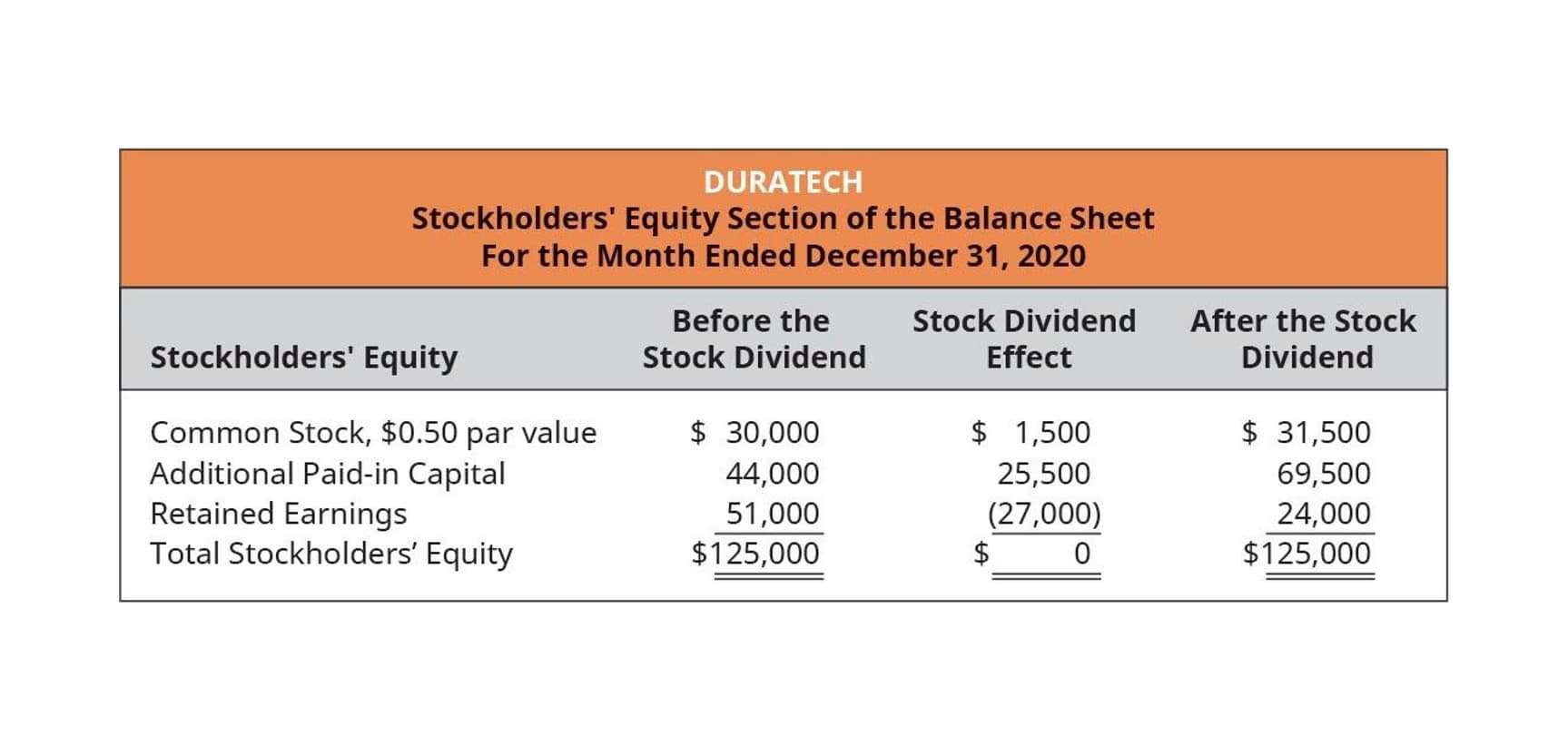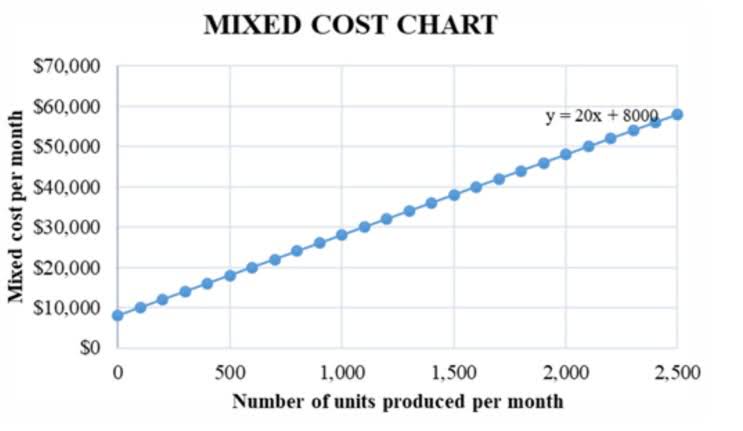
With this segregation, users can identify the income from continuing operations and thus make a more informed estimate of their future cash flows. Other ordinary items include the results of events or situations that cannot be classified as operating or extraordinary. Whether each item is reported separately generally depends upon its materiality. Determining causality when reporting the expenses in the period allows the recognition of revenue. Revenue recognition determines the period in which revenues should be reported, and matching represents the process of associating expenses with the revenues that they produce. Losses include money lost through activities outside of transactions for your primary goods or services.
- Then there is the interest expense, or the finance cost that a company bears for borrowing funds externally.
- As you can see, this example income statement is a single-step statement because it only lists expenses in one main category.
- Income statements are often shared as quarterly and annual reports, showing financial trends and comparisons over time.
- In addition to profit margins, operational efficiency is another indicator derived from income statements, used by analysts to evaluate a company’s financial health.
- EBITDA is not normally included in the income statement of a company because it is not a metric accepted by Generally Accepted Accounting Principles (GAAP) as a measure of financial performance.
- In addition, interest income earned from capital lying in the bank is also part of a non-operating revenue portfolio.
Does Harvard Business School Online offer an online MBA?
- The company also realized net gains of $2,000 from the sale of an old van, and incurred losses worth $800 for settling a dispute raised by a consumer.
- Our goal is to deliver the most understandable and comprehensive explanations of financial topics using simple writing complemented by helpful graphics and animation videos.
- Most often, you’ll see this display of earnings presented as ‘sales revenue’ and ‘service revenue,’ each with its distinct significations.
- Depreciation expenses are reported like any other normal business expense on your income statement, but where you include it depends on the nature of the asset being depreciated.
- Using this approach, a building owner could record rental revenue upon completion of construction, irrespective of occupancy.
- EBT, also referred to as pre-tax income, measures a company’s profitability before income taxes are accounted for.
To provide deeper insights, profit margins are often broken down into gross, operating, and net margins. Each of these takes into account different types of earnings and expenses, providing a more granular view of where a company’s profits are coming from and where expenses are being incurred. These two metrics serve as effective tools for tracking a company’s Law Firm Accounts Receivable Management profitability from different vantage points.

Step 1 of 3

Depreciation and amortization are two crucial aspects to consider when understanding financial matters, particularly in relation to income statements. On the other hand, net income, also known as net profit, or the ‘bottom line,’ provides a different perspective. This figure shows how much money a company has left after all expenses, including taxes, have been paid. It’s important to note that COGS only includes the costs directly tied to the production of goods sold by a company. It excludes indirect expenses such as distribution costs, sales force costs, and marketing the focus of an income statement is on expenses.
- Similarly, an investor might decide to sell an investment to buy into a company meeting or exceeding its goals.
- For example, a firm may rent some of its real estate or even benefit from the sales of manufacturing equipment.
- For example, the year-end statement that is prepared annually for stockholders and potential investors doesn’t do much good for management while they are trying to run the company throughout the year.
- This is used to fund public services, provide goods for citizens, and pay government obligations.
- Finance Strategists has an advertising relationship with some of the companies included on this website.
- The income statement presents the financial results of a business for a stated period of time.
- It reflects the company’s financial performance by subtracting the total costs and expenses, including tax and interest, from the total revenue.
Net Profit
- These are differently classified from costs of goods sold (COGS), which relate directly to the production of products or services a company sells.
- For example, they use performance numbers to gauge whether they should open new branch, close a department, or increase production of a product.
- Other ordinary items include the results of events or situations that cannot be classified as operating or extraordinary.
- One of the three statements used in accounting and corporate finance, including financial modelling, is the income statement.
The purpose of an income statement is to show the profits and losses a company made over a specified period of time. payroll It is used to ascertain the health of a business entity at a particular moment. Together with the Balance Sheet and Cash Flow Statement, it is included in every company’s Annual Report – the publicly available, comprehensive overview of a business’ health and financial standing.

Operating Revenue

This measures how well a company is utilizing its resources to generate income. The lower the operational expenses are in relation to the total income, the more operationally efficient a company is deemed to be. The operational efficiency of a company is reflected through the management of its operating expenses.


